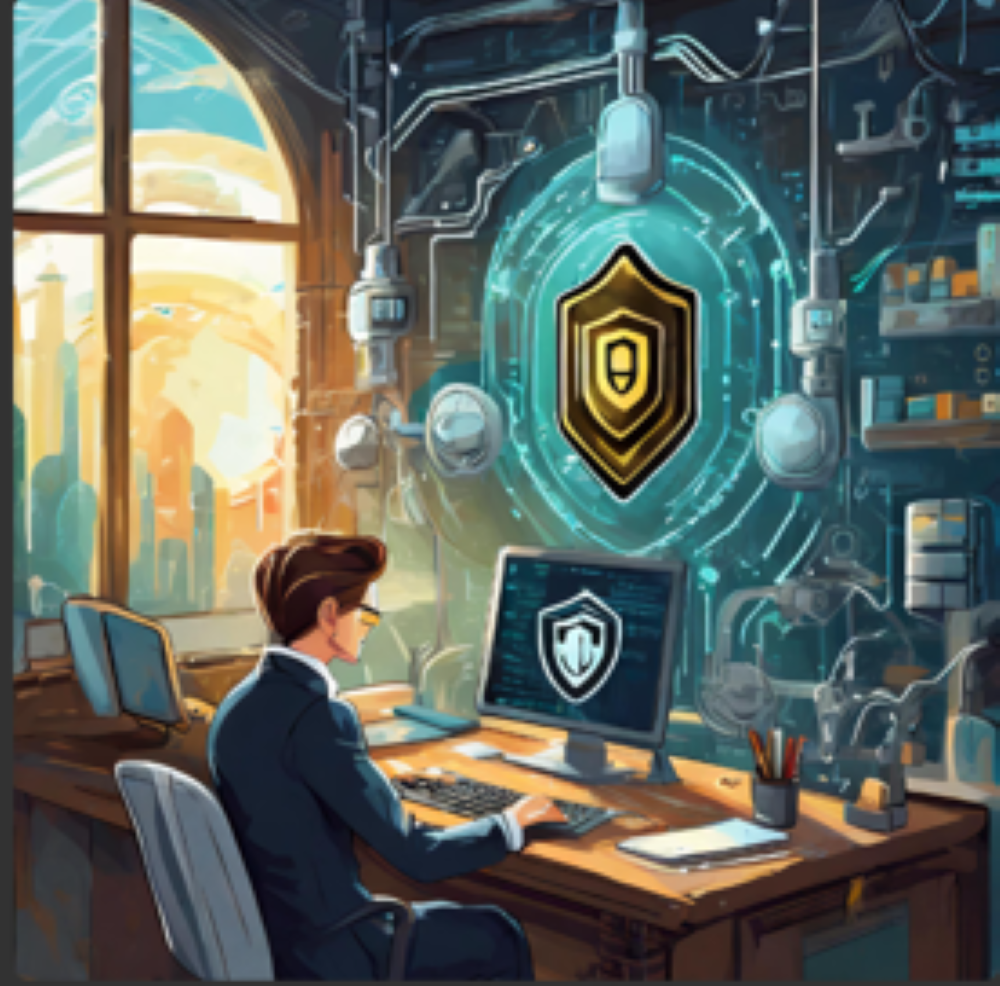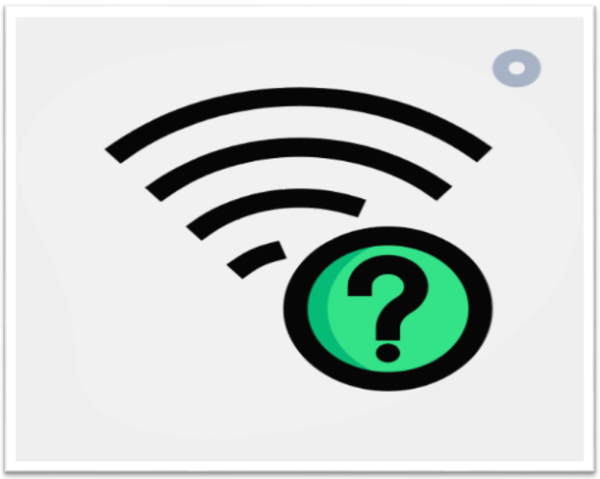UNVEILING THE TOP CYBERSECURITY THREATS LOOMING IN 2024
With the onset of cyberspace in 2024, it's crucial to understand the top cybersecurity threats looming. Join us as we take a trip into the dynamic world of cyber threats.

With the onset of cyberspace in 2024, it will be very critical for us to understand and respond to a plethora of cybersecurity challenges that potentially compromise a lot of individual rights, as well as those of businesses and even government entities. But how do you choose which one to focus on in the light of overarching threats? Join us as we encounter the dynamic environment of cybercrime. The emerging digital age necessitated the design of technology such as generative artificial intelligence. It also gave no-code apps, automation, and internet things that offered many conveniences. Still, alas, it became a haven for cybercriminals, who are always devising new ways to outsmart smart people.
Join us as we take a trip into the dynamic world of cyber threats, in which vital questions and practical tips for maintaining digital safety will be addressed. Brace yourselves for a probe into the cyber benefits land, where consciousness is their biggest weapon and one of them all.
- Attacks by Ransomware: RaaS Becomes the Main Event
Thus, ransomware has emerged as one of the most daunting cybersecurity threats to plague countless individuals and organizations. Although powerful as it is, the era of RaaS has dawned. It is accomplished by hackers who deploy malware to encrypt critical information, and they require money as a ransom for its liberation. This pattern is quite disturbing and provides a clear rationale for some amateur criminals to launch sophisticated cyberattacks.
The rate at which companies are significantly affected by double and triple extortion is likely to increase in 2024, following a trend where data leakages and encryption become more prevalent. However, the effectiveness of cybersecurity to respond proportionally to this burgeoning threat is a major consequence of the recent headline-grabbing hacks. Regular data backups are also done, as is comprehensive updating.
2. Phishing prowess: artful maneuvers revealed
Nevertheless, the risk of phishing is still very high because fraudsters use numerous advanced techniques to influence individuals so that they disclose their data. Such attacks target human vulnerability and use better schemes to make the users reveal their personal information or download it. In the last several years, these methods have eliminated many more faceless ones, such as mass spamming. AI helps criminals create perfect false details, such as deepfakes; they also use campaign automation and tailor them based on some traits. They can even do self-improvement for such mistakes, and so on. This danger is reduced by monitoring—the teaching of the users to identify phishing attempts, implementing multi-factor authentication, as well as advanced email filtering programs. Such firms have to spend a significant amount of money on devices that will identify materials resulting from AI production to remain competitive.
3. IoT Vulnerabilities: An uncharted territory of numerous weak devices.
A massively faulty system of interconnected devices was formed by the increase in IoT. In response to the increasing popularity of IoT devices, a new wave of challenges has arisen. Being insufficiently protected, IoT appliances are very vulnerable to hacking.
To ensure a virtual sanctuary, the IoT risk has to be solved since such devices will soon become essential components of our everyday routine. Security measures, including network segmentation and periodic firmware updates, are required for the protection of Internet-connected devices against unauthorized access and misuse.
4. Supply Chain Attacks: Weakest Link
Hackers easily target the supply channels for hardware and software. There is an increase in the targeting of the supply chain by cyber attackers as they seek out vulnerabilities in linked networks. A weakness by one single supplier can compromise the entire system and affect many businesses. However, the ripple effect of supply chain breaches can threaten integrity regarding quality products and services. Vigilance throughout the entire supply chain is very critical to addressing such an ever-changing threat.
As for the consolidation of the chain, regular audits and cooperation with partners in overcoming weaknesses jointly are necessary.
5. Zero-Day Exploits: Imperceptible Weaknesses
Zero-day exploits favor hackers by targeting unidentified software vulnerabilities. An attack window remains open as the engineers try to address these vulnerabilities. Zero-day exploits are best reduced by patch management and timely software upgrades. Use threat intelligence technologies to defend your systems from any new threats proactively.
6. Artificial Intelligence Infiltrator: Innovation's Shadowy Side
In this way, AI can achieve tremendous progress despite a new wave of cybersecurity challenges that it introduces. The focal attack vectors mentioned in the cloud cybersecurity forecast 2024 research conducted by Google are nation-state-supported cybercrime groups, advanced phishing attacks, and zero-day vulnerabilities, plus how AI may be used to scale hostile activities for the following year.
AI is increasing the sophistication of malware that goes undetected and aids in phishing automation. It can also personalize social engineering frauds. To fight these evolving threats, AI-driven cybersecurity solutions are the need of the hour. Therefore, AI can be used by evil players to generate hyper-realistic deepfakes and vocalization imitations that turn around the usual security tactics.
7. Issues with Cloud Security: Joint Accountability
Data access and storage have completely changed with the transition to cloud services. On the other hand, shared-responsiveness models depend on the users and service providers to take an active part in cybersecurity practices. It is important to understand the many nuances of cloud security for sensitive data to be properly protected.
8. Extended Persistent Dangers: Extended Intrusions
It means continuous, targeted attacks designed to steal confidential data.
These advanced threats continue to go undetected for long periods, making it necessary to have proactive defense measures in place, such as threat intelligence and continuous monitoring.
9. Crucial Infrastructure Turning Points: A Disruption Target
Critical infrastructure, such as power grids and hospitals, is relying more on networked technologies, which makes it a very popular target for cyberattacks. Nation-state actors are increasingly using cyberattacks as a tactic aimed at achieving strategic and political goals. Public safety and essential services are placed at risk by disruption, data theft, and sabotage attempts. Security processes and incident response plans must be excellent. To reduce these risks, solid relations with the government and law enforcement institutions, as well as reporting security issues quickly, are needed.
CONCLUSION
A comprehensive cybersecurity plan is very key to countering these diverse and changing threats. By 2024, the cyber security environment will be very dynamic and require proactive actions. Through proactive threat intelligence, layered security solutions, employee training, and the latest technology adoption, businesses can mitigate a lot of the risks associated with the dynamic cybersecurity landscape. Organizations can also consider implementing a zero-trust security model, which is very beneficial in ensuring that their security postures are strengthened rapidly and proactively as they respond to cybersecurity attacks. Knowing the usual cyber security threats of today enables us to create a much more resilient digital tomorrow through collaboration.
Thanks for reading.
If you like the article, consider sharing and subscribing. ;)




